'The vision for these products is really that they are purpose-built for Alexa+.' An Amazon exec talks about its new hardware and unlocking Alexa's superpowers
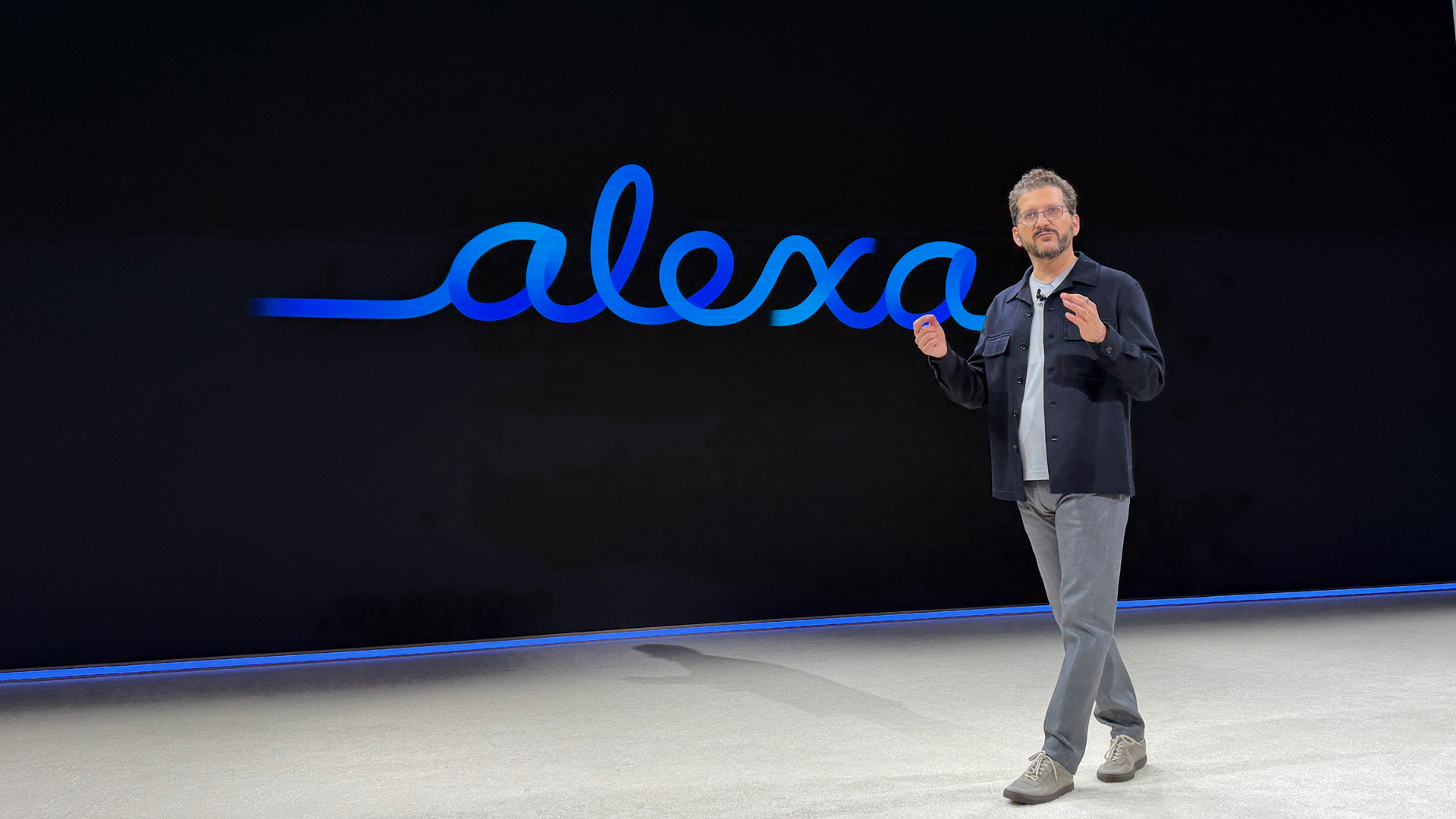
Six months ago, Daniel Rausch, Amazon's Vice President, Alexa & Echo, told me the company was ready for millions of customers to suddenly start tapping into Alexa's new large-language-model-infused intelligence – and this was before the company really had any hardware that was truly purpose-built to support Alexa+.
That changed this week as Amazon unleashed a slew of new Echo smart speakers, intelligent Show screens, clever Fire TVs, and pen-friendly (and even color-capable) Kindles. When I sat down with Rausch again to take measure of the company's accomplishments, he was ready to celebrate the win.
"I was remembering that you and I were sitting in this exact same room about six months ago when we unveiled Alexa+, and it's been awesome," he noted. "I feel like this is definitely the culmination of a ton of hard work in the team, but also just a lot of inspiration and great feedback from customers."
It's not just that Alexa+ will arrive pre-baked with these products, and ready to run as soon as users turn on their new Echo Show, Echo Studio, or other device (assuming they're Prime Members); these are the first products designed to support the new and smarter digital assistant.
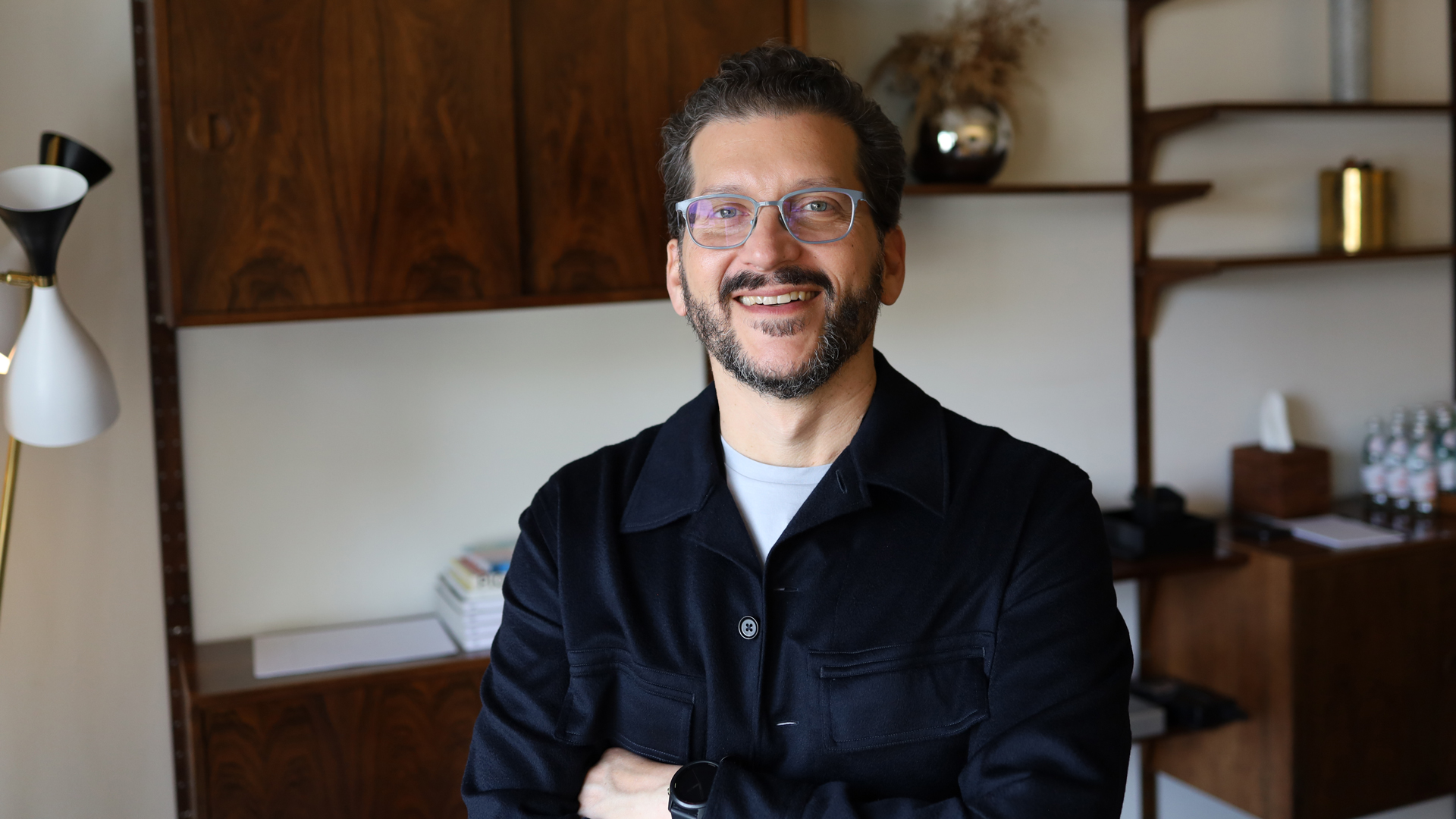
Built for the task
"The vision for these products is really that they are purpose-built for Alexa+," Rausch told me.
That purpose goes, in part, to the new chips, the AZ3 and AZ3 Pro embedded in the new Echo Dot Max and Echo Studio, respectively (the new Shows have the AZ3 Pro, too).
"In addition to incredible performance, those chips are really built for AI. They can run incredible amounts of AI right on the edge," explained Rausch.
Sign up for breaking news, reviews, opinion, top tech deals, and more.
It's not all about the chips though. Amazon's decision, for example, to separate the Echo Show speakers from the display (while keeping it a single device) is not just about delivering better audio quality (though that's a big part of it); it's to deliver a modern aesthetic that's more in line with the new Alexa+ ethos.
Plus, there's the Echo Show's new 13MP camera. "Alexa, with her new camera, can see me at very oblique angles," said Rausch.
Alexa's senses
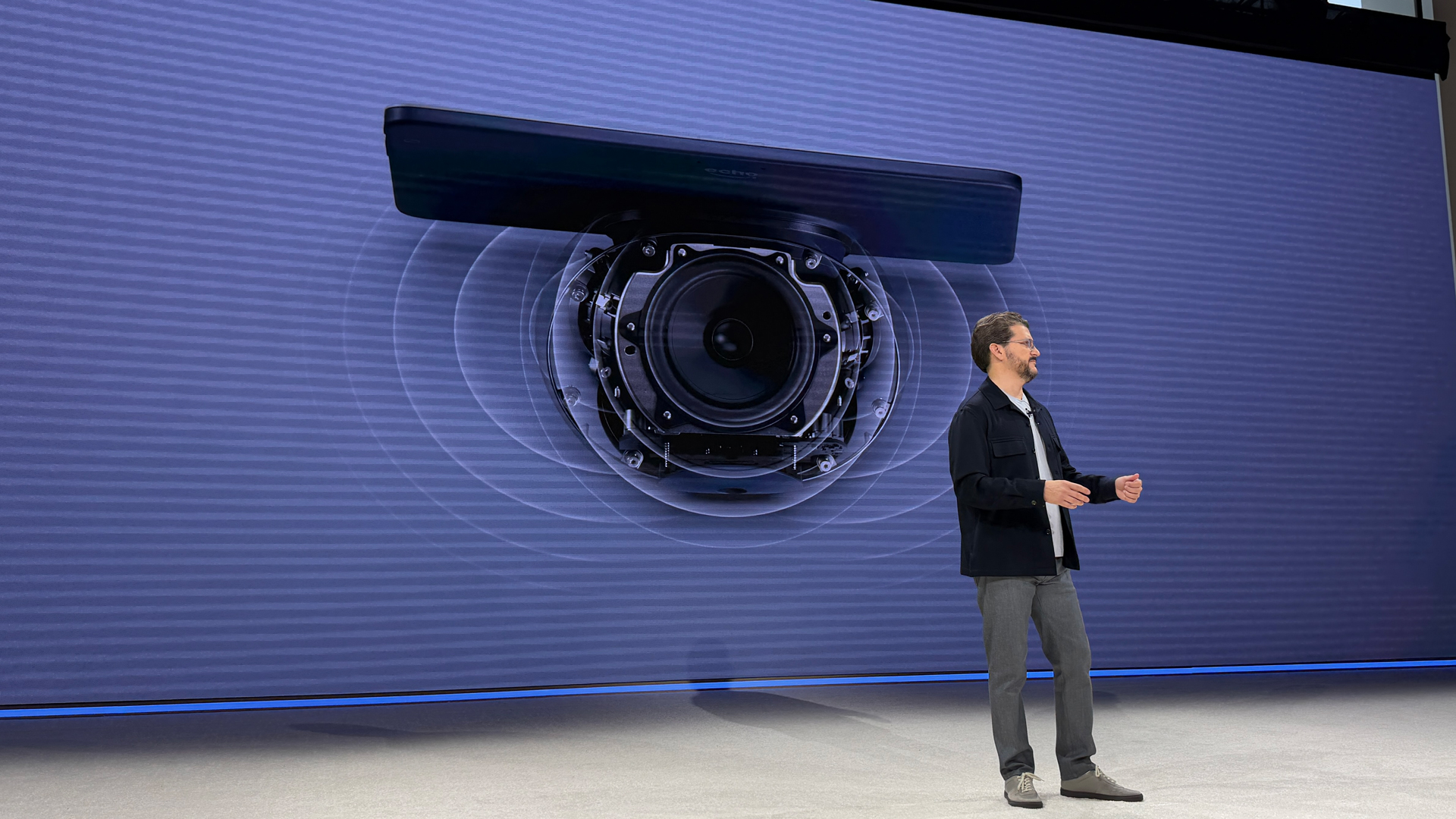
That ability for us to hear and see Alexa's intentions, and for Alexa to see and hear us, points to another interesting feature of Alexa and this new hardware: Omnisense. As Rausch explained it to me, "Omnisense is that new sensor fusion technology platform that really brings together [...] a vast array of different signals."
Omnisense is embedded in the new Echo and Echo Show devices and connects directly to what Rausch called Alexa's "senses", some of which we, as humans, do not share.
"For example, [Alexa] can detect presence, if you like, with perturbations in the Wi-Fi spectrum in the background, and so you can use that [...] Wi-Fi radar capability or ultrasonic presence detection to say something like, 'Anyone comes into the kitchen, turn on the lights.'"
Speaker up
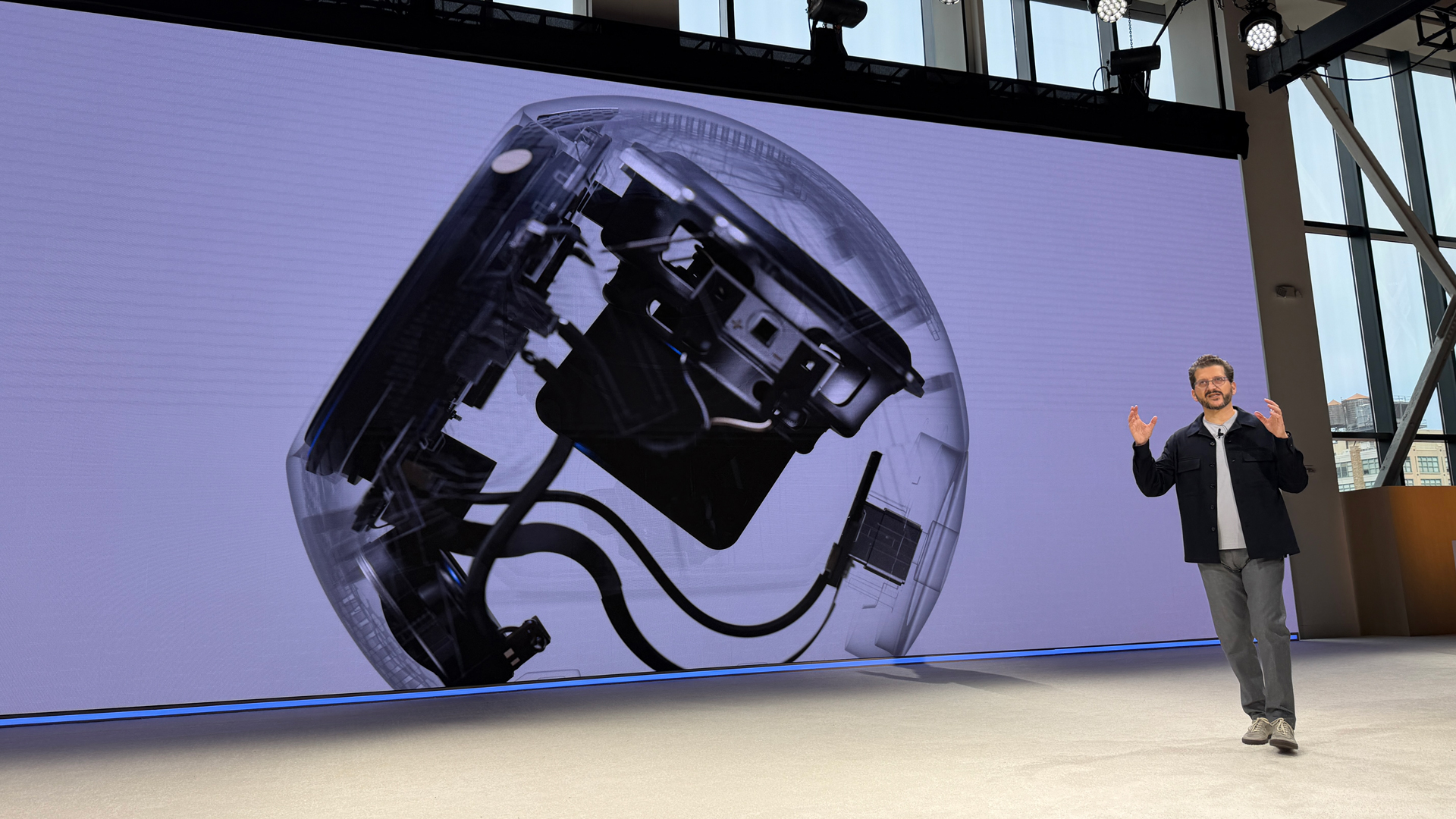
On stage earlier that day, Rausch had the enviable task of walking everyone through Amazon's refashioned Echo Smart Speaker line. He was obviously still basking in that glow as he talked with evident pride to me about the audio engineering leaps his team had made to make the Echo Dot Max's relatively impressive audio quality possible.
"What's unique about the Dot Max is that the entire assembly is the speaker," he explained. "Like, when I say that not a single cubic millimeter has been lost, the entire envelope of the enclosure is the speaker. So every bit of air inside that volume acts as back volume for the bass."
Exploring what's next
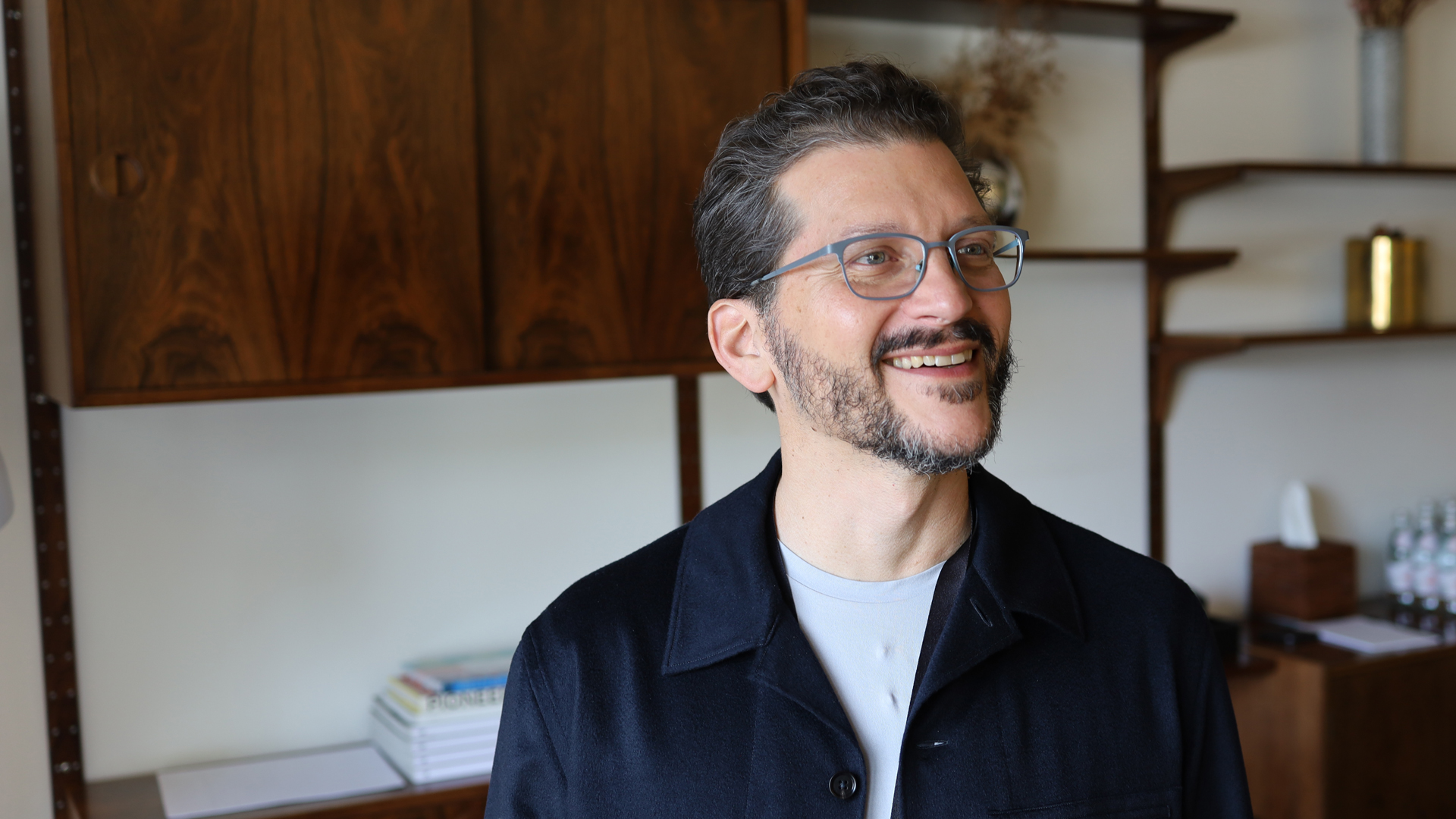
For all the hardware and Alexa+ excitement Rausch and Device Services lead Pano Panay delivered, there were some significant gaps. There was, for instance, no mention of the Echo Spot, another ball-shaped smart speaker featuring a colorful screen. In recent years, though, Amazon has shifted its focus on that line. "We really wanted to build a purpose-built alarm clock for the bedside table and that is what Spot is, and we've sort of focused wholly and fully on that."
I was more concerned, though, about the complete lack of wearables updates. Where were the new Echo Frames, Echo Buds, or even some new sport-friendly, Alexa+-equipped health band?
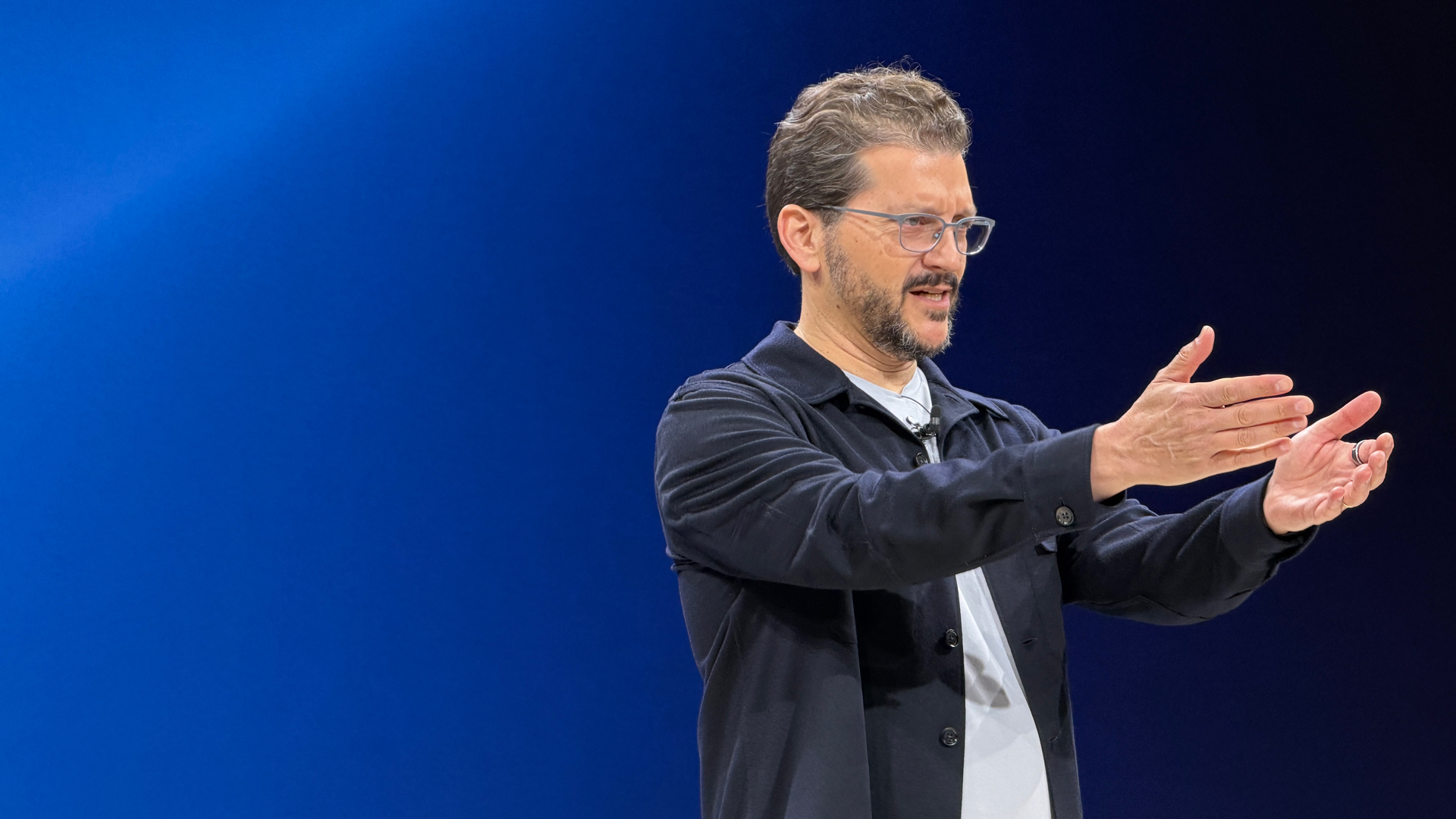
Rausch told me Amazon customers love using Alexa+ on their Echo Frames and Echo Buds. "It makes the whole experience better [...] it lets customers take Alexa+ outside the home with them."
That makes sense, but I still wondered about the roadmap. How does Amazon compete in the AI space when companies like Meta are preparing to deliver eyewear featuring generative AI and an integrated display?
"While we don't have any new hardware or releases as part of this particular event, I can tell you that the team is eager and eagerly at work; let me just say it that way. Stay tuned," Rausch told me with a smile.
In the near term, though, Amazon may be preparing to ingest a whole lot more telemetry from customers snapping up these new Alexa+-ready gadgets, and it's likely that these devices will learn more about what customers do and don't like about the new and smarter platform.
The real superpower
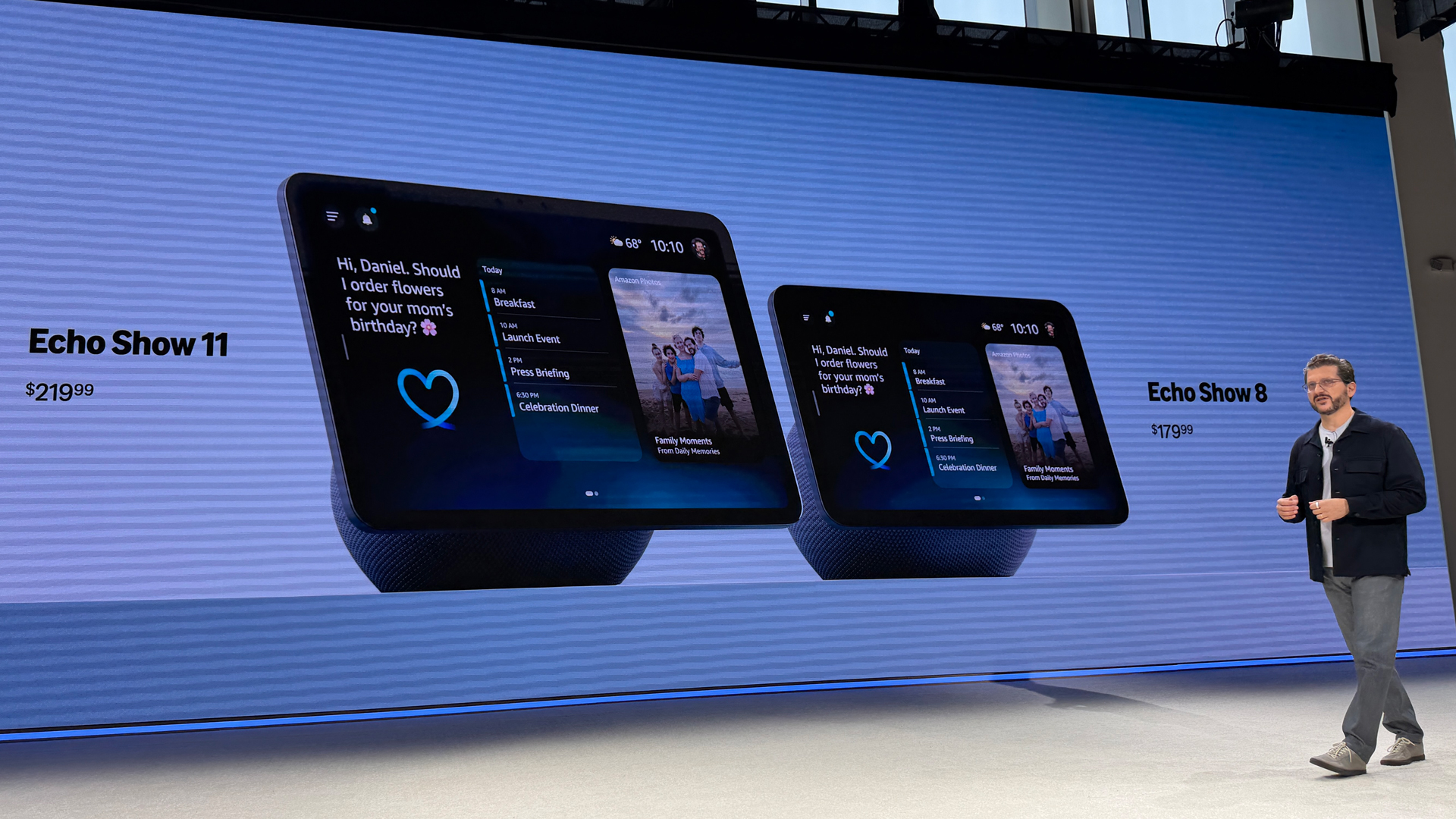
When I asked Rausch to reflect on what his team had learned so far, and if anything surprised him, he pointed, somewhat unexpectedly, to Alexa+'s new voice.
"It's engaging and more conversational," he said. Some customers prefer the original voice, and Amazon's solution here is to have Alexa speak in three different voices during the initial setup process, letting the user know that it's easy for them to switch.
This, he adds, accomplishes a couple of things, letting the "minority of customers that want to go back" know they can just do it, "but it teaches customers something super important, which is that you can just ask Alexa what she can do, and that is powerful because you don't have to go to any other source. This is an AI that understands completely what it's capable of."
Rausch likened the learning process for users to learning how to read, which, once you can do it, enables you to learn anything. "If you learn to ask Alexa what she can do, you can unlock all of her superpowers."
Follow TechRadar on Google News and add us as a preferred source to get our expert news, reviews, and opinion in your feeds. Make sure to click the Follow button!
And of course you can also follow TechRadar on TikTok for news, reviews, unboxings in video form, and get regular updates from us on WhatsApp too.
You might also like
- The Kindle Scribe Colorsoft is the most exciting Kindle in ages, and I have the sketches to prove it
- Amazon's big hardware event live – all the latest news on ..
- Amazon, change these 5 Kindle features and you'll have ..
- Amazon just unveiled 4 new AI-powered, Echo speakers – here's the full lineup and how much they cost

A 38-year industry veteran and award-winning journalist, Lance has covered technology since PCs were the size of suitcases and “on line” meant “waiting.” He’s a former Lifewire Editor-in-Chief, Mashable Editor-in-Chief, and, before that, Editor in Chief of PCMag.com and Senior Vice President of Content for Ziff Davis, Inc. He also wrote a popular, weekly tech column for Medium called The Upgrade.
Lance Ulanoff makes frequent appearances on national, international, and local news programs including Live with Kelly and Mark, the Today Show, Good Morning America, CNBC, CNN, and the BBC.
You must confirm your public display name before commenting
Please logout and then login again, you will then be prompted to enter your display name.